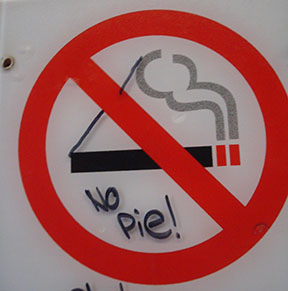Weight is a pretty big issue in North America. You hear about the “obesity epidemic” in the news, and in a lot of ways it should be a concern. There are a number of health-related issues to obesity, including diabetes, heart problems, and general well-being issues.
If you were to look around the world, most societies favour physically fit individuals with low body-fat seen as a beauty ideal. However, this hasn’t always been the case. Looking back to Renaissance Europe and even Classical era Greece and Rome, the beautiful women were the round, voluptuous ones. In one sense, their weight signified wealth because it meant they could afford to feed themselves.
In one part of the world this idea that extra weight is beautiful remains. The Azawagh Arabs of Niger in Africa still practice an ancient custom of fattening. At a young age, girls are forced to eat enormous quantities of milk and porridge until stretchmarks cover most of their body. Big, round, fleshy bodies are the ideal that signifies beauty.

Toronto graffiti showing the extremes people will go to for a ‘beautiful’ body. Photo credit: Samantha Daniels
In a strange sense, this is similar to our society. In both cases, the natural body needs to be ‘socialized’ until it is an acceptable specimen in terms of societal norms.
The Azawagh Arab’s fattening through immobility and gorging is the same as our culture’s slimming through exercise regimes and fad diets. And you may think one is inherently better than the other. Fatness can lead to health problems, but so can skinniness. Either way, it’s a refusal of what comes naturally in preference of an ‘idealized’ form.
So be the change. Accept your body for whatever you were given naturally. The idea that desirability depends on how big or small you are is as ridiculous as it depending on your eye colour.

